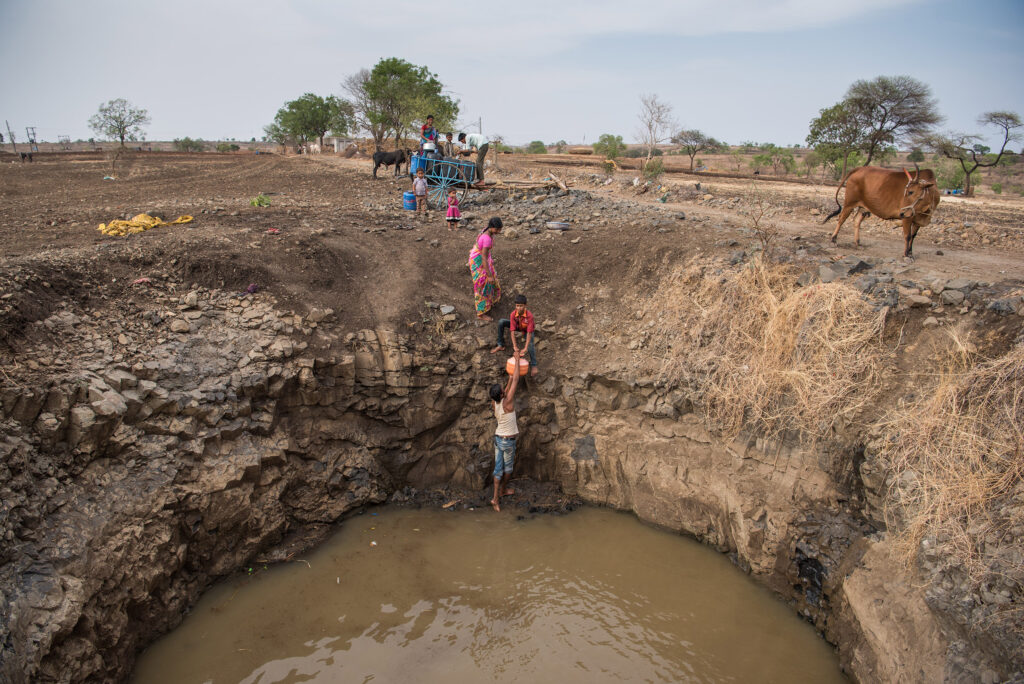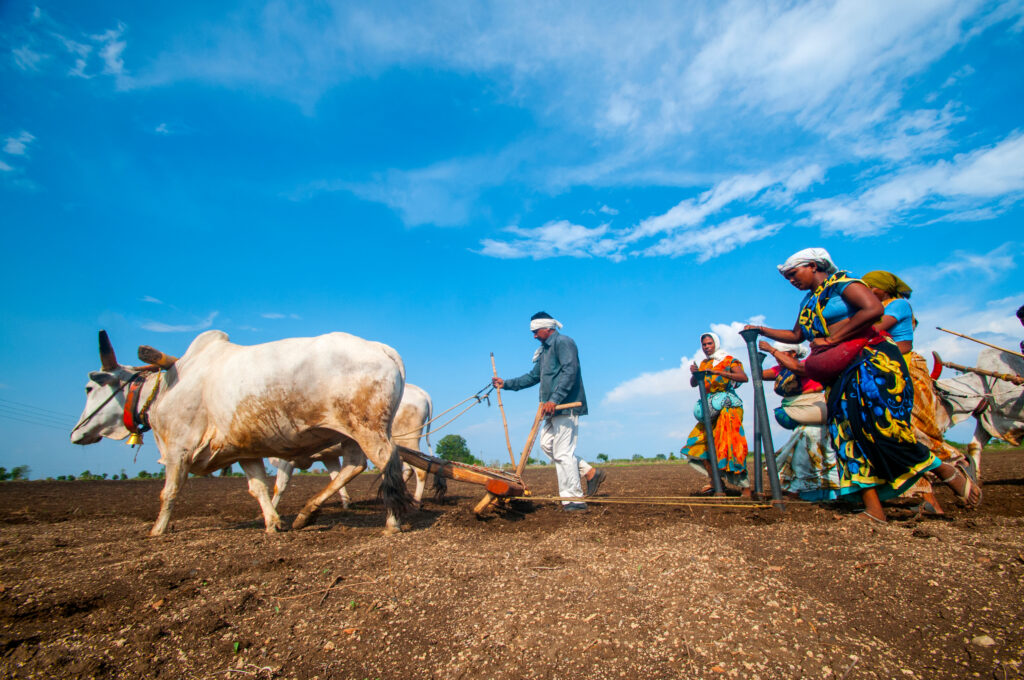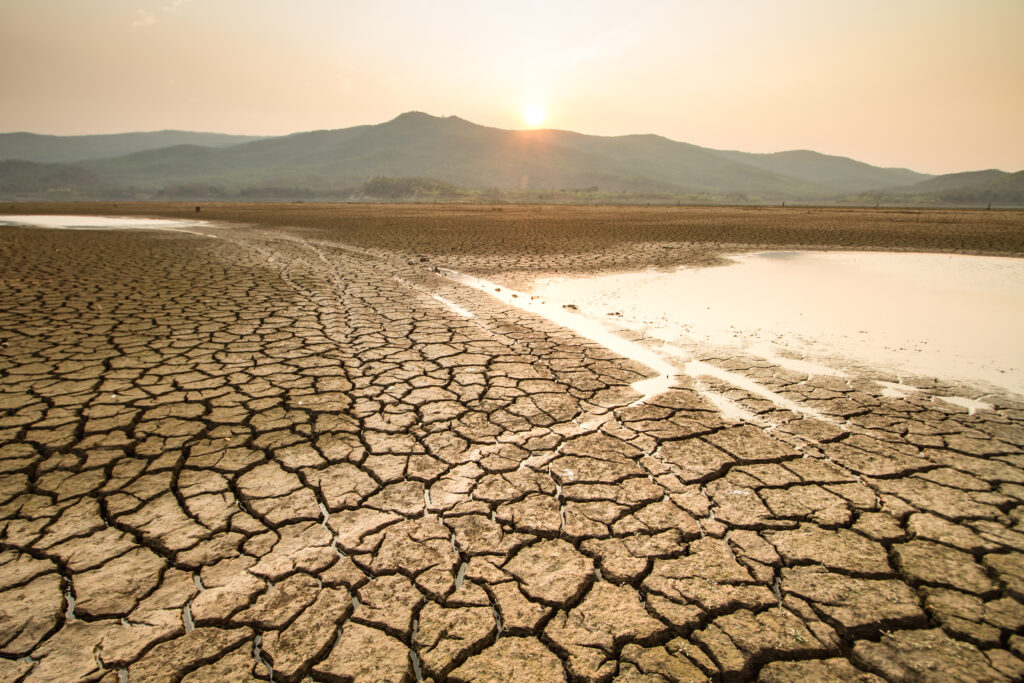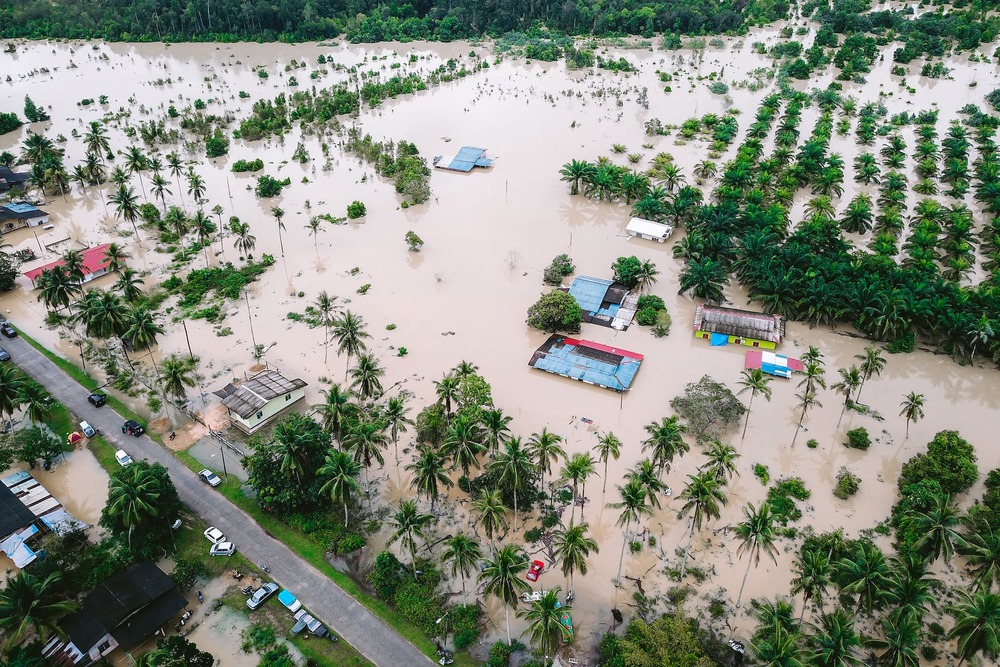Typhoons are one of the most powerful natural disasters, forming primarily in the Pacific Ocean and affecting millions of people each year. But how do typhoons form?
The process behind their formation is rooted in both meteorological science and the increasing influence of climate change. As climate change intensifies, these tropical storms are becoming stronger and more destructive. According to the Global Climate Risk Index, countries like the Philippines and Japan face some of the highest risks from typhoons, with billions of dollars in damage and thousands of lives lost yearly.
What Makes a Typhoon Form?
Warm Ocean Waters and Warm Air Form a Tropical Cyclone
The formation of a typhoon begins with warm ocean water. Sea surface temperatures need to exceed 27°C for a typhoon to develop. The heat from the ocean’s surface warms the air above, causing it to rise and create a low-pressure zone. As warm air rises, cooler air rushes in to fill the void.
Formation of a Low-pressure Area
As the warm air continues to rise and cool, it condenses into clouds, releasing heat that further lowers the pressure at the surface. This cycle of rising and condensing air eventually leads to the formation of a significant low-pressure zone. The wind begins to circulate as the surrounding air is drawn inward, creating the spiralling structure that characterises a typhoon.
The Coriolis Effect and Rotational Forces
The Earth’s rotation plays a crucial role in creating a typhoon’s spinning motion. The Coriolis effect causes the wind to deflect as it moves towards the low-pressure centre, causing the storm to rotate counterclockwise in the Northern Hemisphere and clockwise in the Southern Hemisphere.
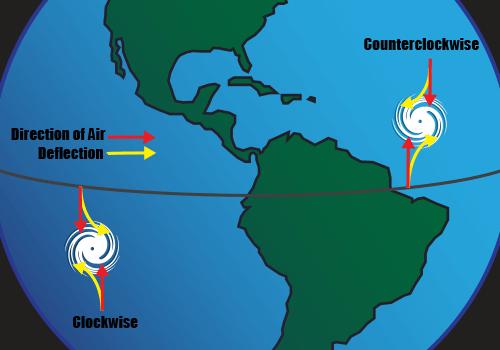
Intensification through Latent Heat
As the storm strengthens, condensation releases latent heat into the atmosphere. This additional heat further fuels the rising air and accelerates wind speeds. During this phase, the typhoon becomes a well-organised, dangerous storm system. Once the storm reaches wind speeds of 119 km/h it is classified as a typhoon.
Formation of the Eye and Eye Wall
At the centre of the storm, a calm area known as the “eye” forms, surrounded by the eye wall, where the most intense wind and rainfall occur. The eye can be deceptively calm, often leading people to believe the storm has passed, only to experience the full brunt of the typhoon when the other side of the eye wall hits.
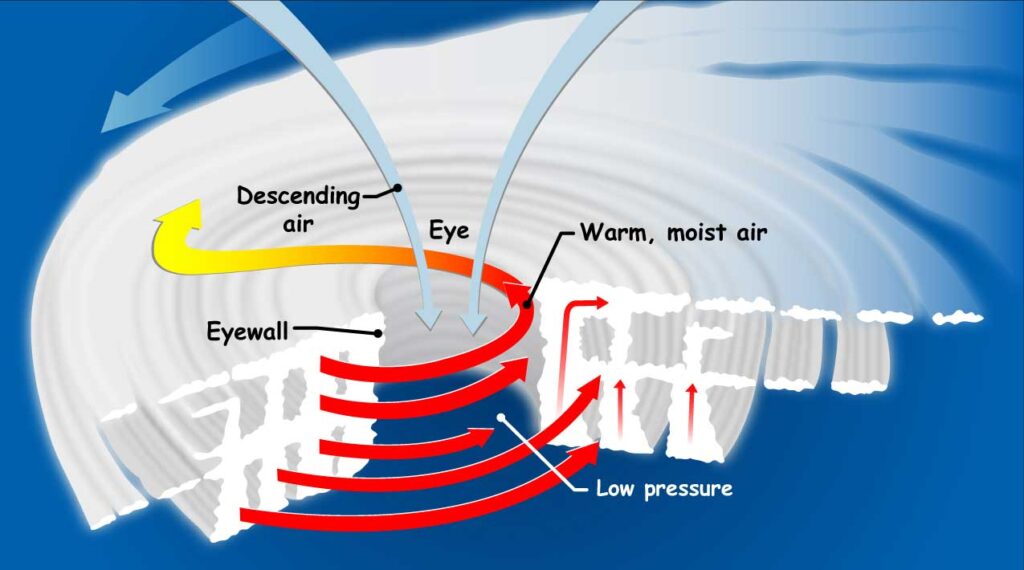
Ending of Typhoons
Typhoons weaken and eventually dissipate when they encounter cooler water or land, which cuts off their energy supply. As the storm loses its source of warm water, the low-pressure system breaks down and the winds die, often reducing the typhoon to a tropical storm. Despite weakening, these storms can still cause heavy rainfall, floods and landslides, particularly in vulnerable areas.
Where Do Tropical Cyclones Form and Why?
Typhoon Formation in Southeast Asia and the Pacific
Tropical cyclones primarily form in tropical regions of the northwest Pacific Ocean, where vast warm water bodies provide ideal conditions. Countries like Japan, the Philippines and China are especially vulnerable due to their proximity to these warm ocean currents. In particular, the South China Sea is a breeding ground for many of the region’s typhoons.
Typhoon Tracks: How They Move and Where They Go
Typhoons typically follow prevailing wind patterns, tracking from east to west across the Pacific before veering north. As they move, they affect countries like the Philippines, Taiwan and Japan, causing widespread destruction. Once typhoons make landfall or encounter cooler waters, they lose strength, but the damage from the floods and storm surges can still be immense.
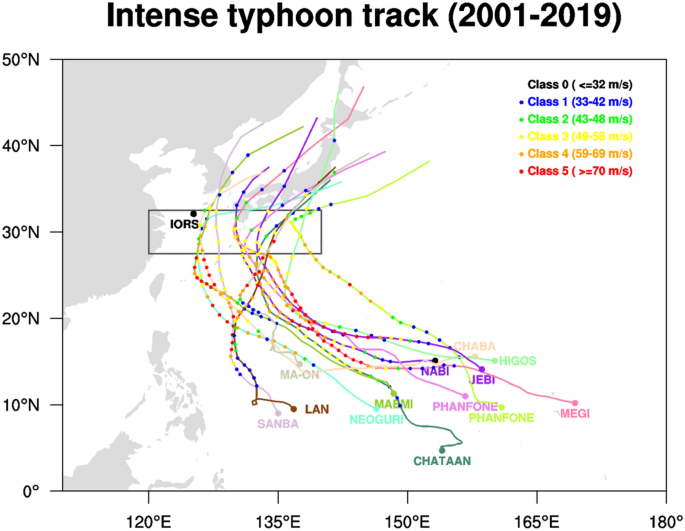
Typhoons in the Philippines
The Philippines is one of the most typhoon-prone countries in the world, experiencing around 20 storms annually. This is primarily due to its geographic location near the warm waters of the Pacific Ocean, which provide the ideal conditions for typhoon formation.
In 2013, Typhoon Haiyan showcased the devastating power of a super typhoon, causing over USD 13 billion in damage and pushing 2.3 million people into poverty.
Typhoons and Climate Change: A Growing Threat?
Studies show a direct link between rising sea surface temperatures and the increasing intensity of typhoons. According to the Intergovernmental Panel on Climate Change (IPCC), warmer oceans lead to stronger storms, with an increase in Category 4 and 5 storms expected in the coming decades. This growing threat underscores the importance of climate resilience and adaptation efforts in typhoon-prone regions.
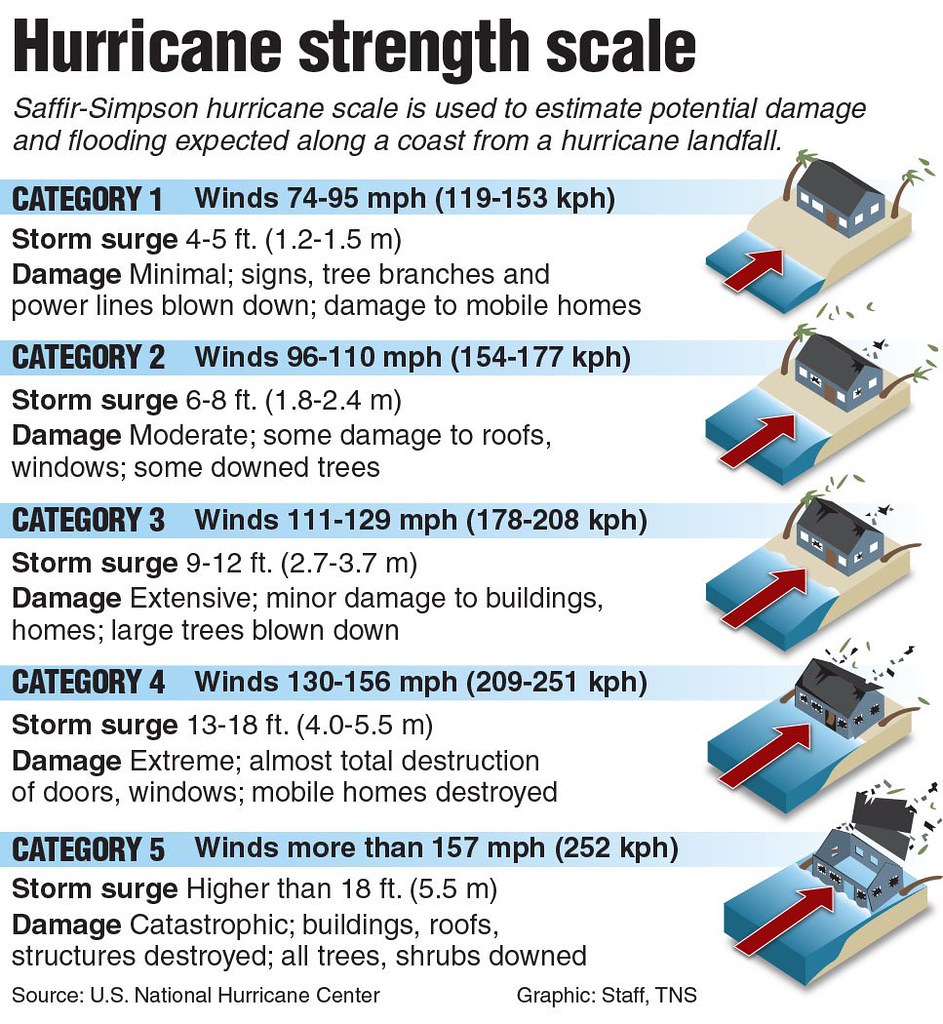
Building Climate Resilience
Understanding how typhoons form is vital for building climate resilience and protecting vulnerable communities. As oceans continue to warm due to climate change, hurricanes are becoming stronger, posing significant risks to human life, infrastructure and the environment. Governments, policymakers and organisations must prioritise climate adaptation and sustainable infrastructure to mitigate these impacts.
Eric Koons
Writer, United States
Eric is a passionate environmental advocate that believes renewable energy is a key piece in meeting the world’s growing energy demands. He received an environmental science degree from the University of California and has worked to promote environmentally and socially sustainable practices since. Eric has worked with leading environmental organisations, such as World Resources Institute and Hitachi ABB Power Grids.
Eric is a passionate environmental advocate that believes renewable energy is a key piece in meeting the world’s growing energy demands. He received an environmental science degree from the University of California and has worked to promote environmentally and socially sustainable practices since. Eric has worked with leading environmental organisations, such as World Resources Institute and Hitachi ABB Power Grids.

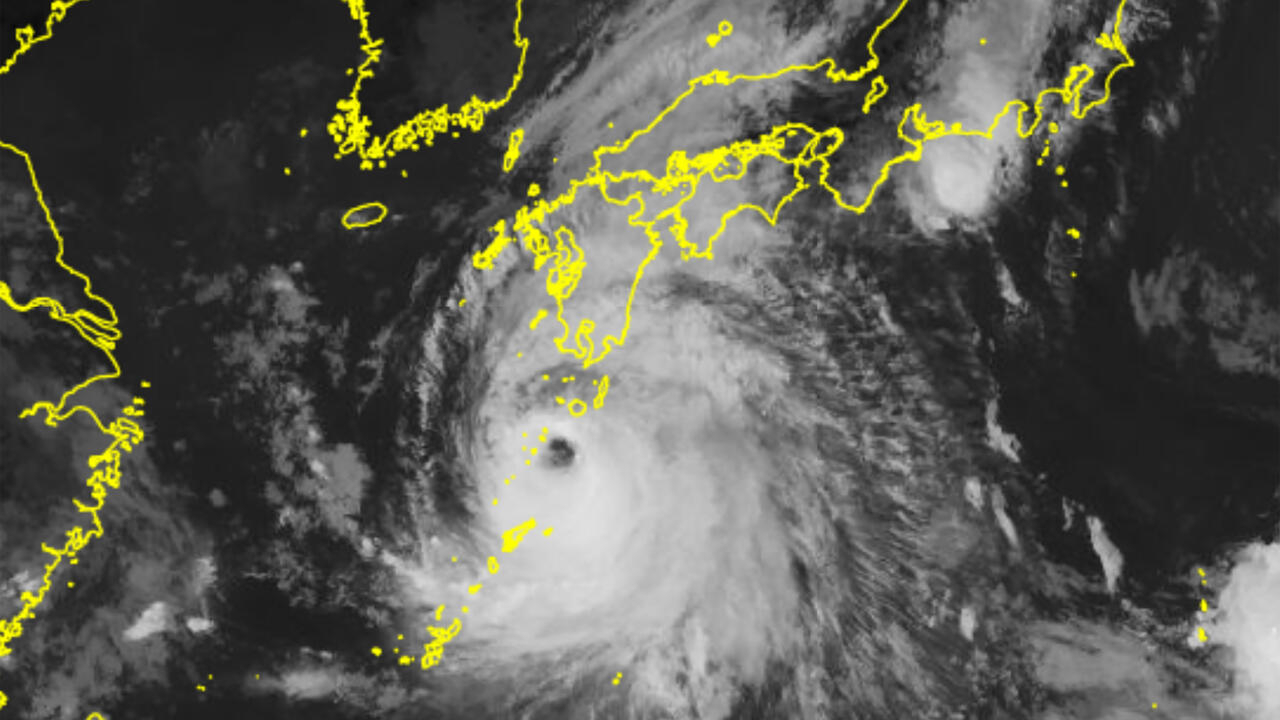
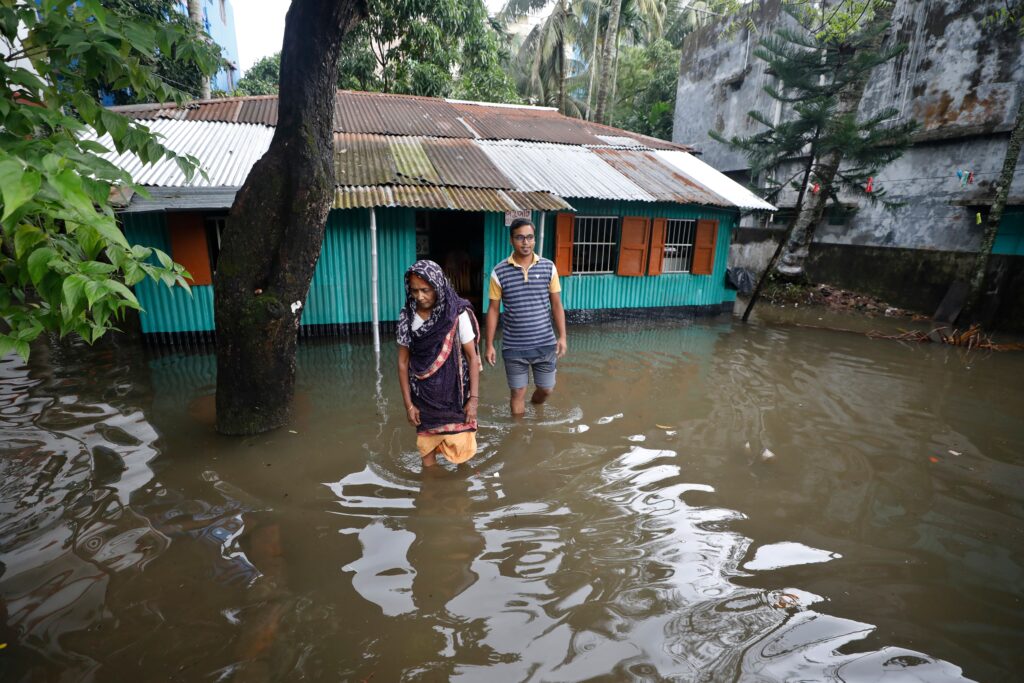
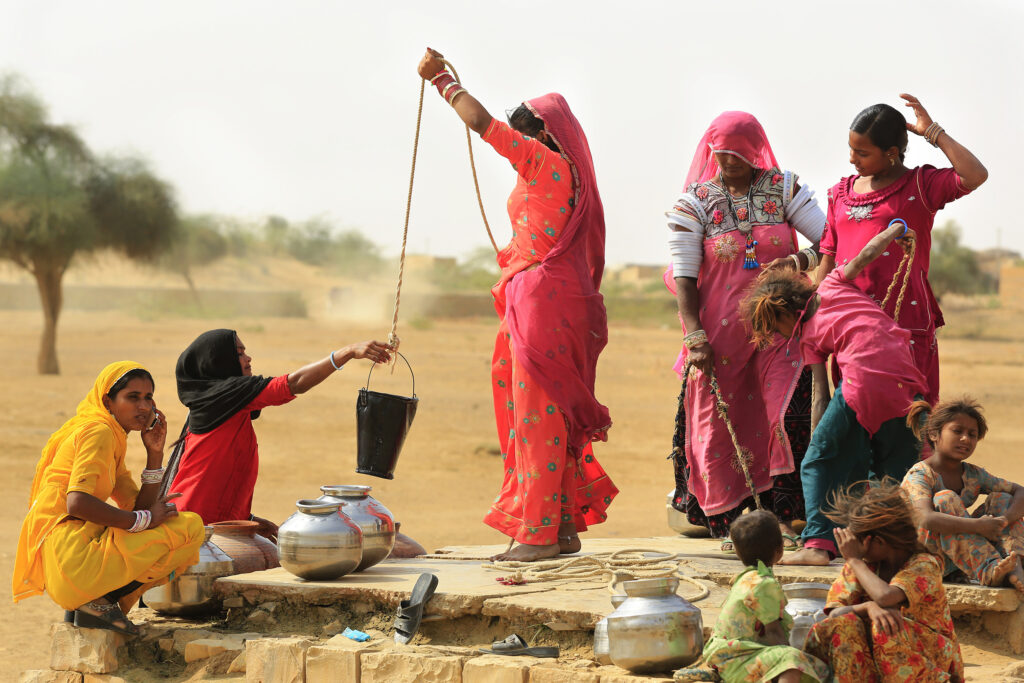

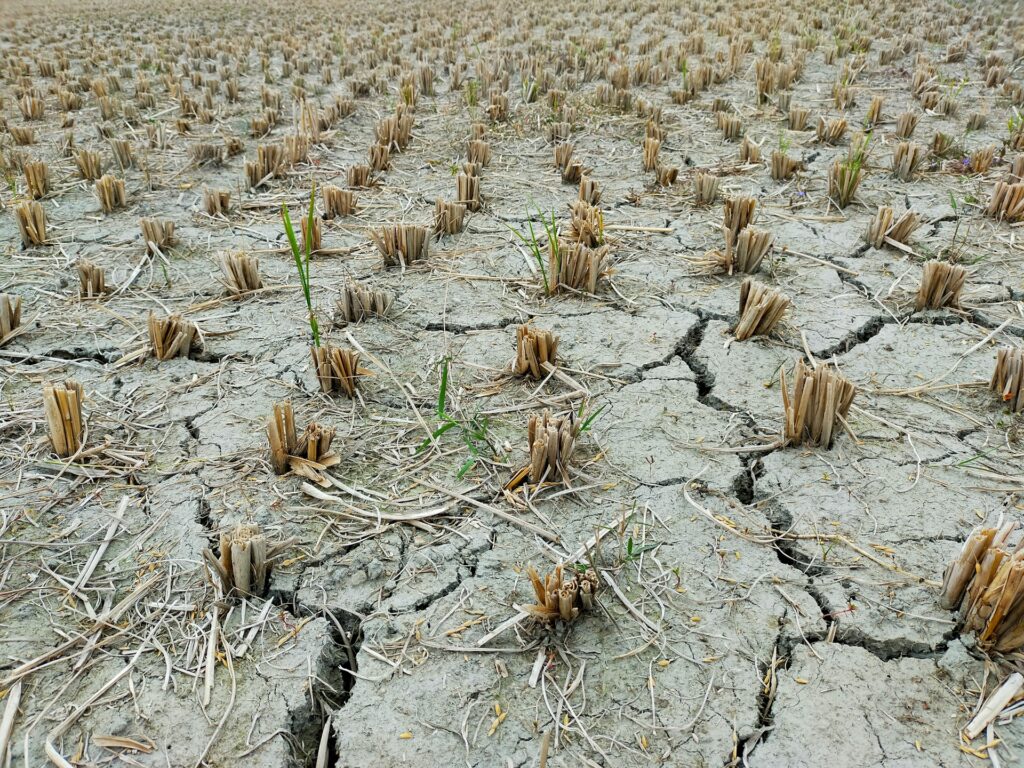
![Asia’s Water Crisis: Floods, Storms and Rising Seas [Part One]](https://www.climateimpactstracker.com/wp-content/uploads/2025/10/shutterstock_2020796807-1-1024x576.jpg)
